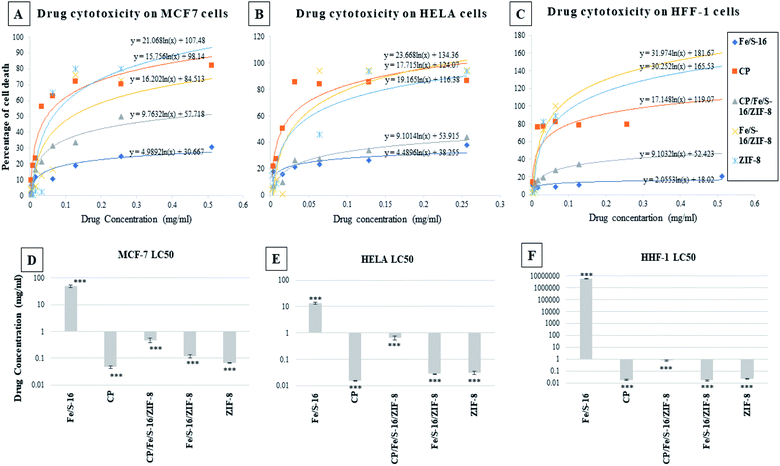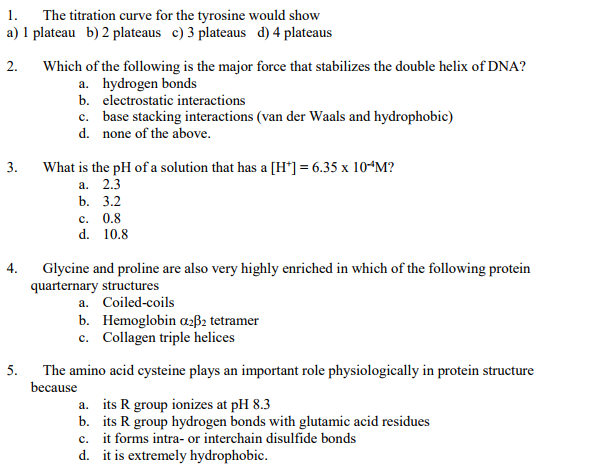
You can see these extremes in the figure below. At high substrate concentration, the initial rate becomes approximately constant (v o = k"), independent of increases in substrate concentration. Such a relationship is known as first order kinetics. At low substrate concentrations, the initial rate varies linearly (v o = k'). When you study a two-step process like that described by the equation above, you find that the relationship between substrate concentration and initial rate changes. With this second assumption, the equation simplifies to three constants (below).

Next, if you measure initial rates only, you can assume that the reaction is irreversible because not enough product will accumulate during your measurement to allow the k 2/k -2 reaction to equilibrate. Then the equation simplifies to two steps with four constants (below). Louis.īy analogy, we can treat the later steps catalysis and product release as one step by assuming that one aspect of this two-step process is so fast that it does not contribute much to the rate. We can divide the journey into two phases, getting to the plane and getting to St. The slow steps of getting to the plane have the greatest influence over the journey time. However, the steps to drive to the airport and get to your plane may take three hours. For example, once you board a plane in Chicago, the steps to get to St. The slowest steps of a process contribute most to the overall rate because they are bottlenecks in the process. Instead, biochemists use assumptions to reduce the complexity of this system. Unfortunately, it is not possible to measure these six constants in a simple routine way. For example, if SDS caused k 1 and k -1 to change, but k 2, k -2, k 3, and k -3 did not change by much, then we could propose that SDS changes the structure of the enzyme to permit tighter substrate binding and this structural change has no effect on catalysis (the k 2 and k -2, step) or product release (the k 3 and k -3 step). If we could measure the six constants above while changing a parameter such as pH, inhibitor, or SDS concentration, we would discover the effect that these parameters have on the enzyme mechanism by observing which of the constant(s) changed the most. Like the previous two steps, this one is also reversible. Finally, enzyme and product (P) are released in the final step. This also has a forward and reverse rate, and an associated equilibrium constant. In the next step, the enzyme catalyzes conversion of ES to EP, the enzyme-product complex.

There is a rate of binding and a rate of release given a k 1 and k -1, the ratio k 1/k -1 defines the equilibrium constant K for substrate binding. Enzyme (E) and substrate (S) bind to form an ES complex. The scheme below shows the elementary process for an enzymatic reaction. Outline the purpose, objectives, and procedures sections in your notebook

Read the assigned reading (including this lesson) completelyĬomplete the prelab assignment at least 24 hours before lab begins Compare K m to published literature values.Locate K m values in the published literature.Calculate standard error for trendline parameters using the LINEST arrayed equation in Excel.Construct Eadie-Hofstee plots and determine K m, V max and V max/K m parameters.Analyze the effect of changing either enzyme or substrate concentration on initial reaction rates.Design and execute protocols for determining enzyme kinetic parameters.Upon successful completion of this lab, you will be able to: Finally, in Part C, you will combine the results of A and B and construct an experiment that will monitor tyrosinase reaction rate as a function of substrate concentration. In Part B, you will determine what range of substrate concentration will allow you to calculate the K m of tyrosinase.

This lab will be divided into three sections in Part A, you will determine the optimal enzyme amount for a fast, linear initial reaction rate. In particular, K m is an intrinsic parameter that does not depend on the quantity of active enzyme and this thus comparable between groups and can be compared to literature values. Next week we will measure the effects of the inhibitors. This week we will first perform the positive control measurement of K m and V max in the absence of inhibitors. What are the kinetic mechanisms of tyrosinase inhibitors? Over the next two weeks, we will characterize the mechanism of some inhibitors by discovering how these chemicals inhibit the enzyme kinetic parameters K m and V max. By Justin Maresh CHE 341 - Tyrosinase Characterization: Enzyme Kinetics Purpose


 0 kommentar(er)
0 kommentar(er)
